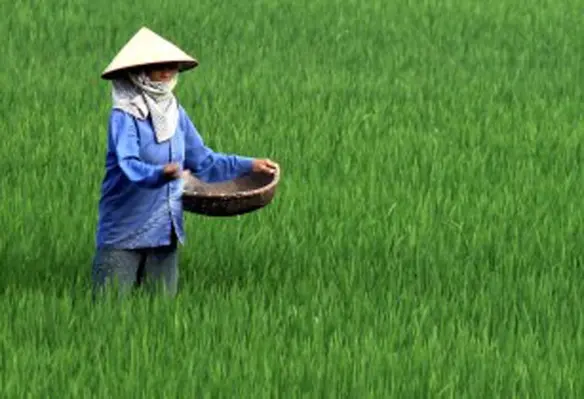Julia Meehan, managing editor, fertilisers, ICIS, has examines the impact that the pandemic has had on the fertiliser market and how this is affecting other interconnected areas such as food-supply chains
The domino effect of the coronavirus, as it has spread across the globe, has so far had a limited impact on the fertiliser industry. However, the full effects of the global pandemic are starting to show in some sectors owing to cashflow problems caused by decomposing crops, such as fruit and vegetables.
China, having been the epicentre of the pandemic, is starting to get back to normal and production rates have increased for all fertilisers. The nation is the largest fertiliser consumer in the world, on average consuming close to 50mn tones per year.
When lockdown began in China, the impact was huge in terms of cuts in production owing to a shortage of labour. Problems with transportation, by both rail, road and sea, also had a big impact up and down the fertiliser chain resulting in stock piling up.
The biggest impact for China was on phosphoric acid which is used to produce phosphate. Fertiliser facilities in Hubei province account for up to a third of the country’s total capacity. Because of this, China turned from the largest exporter of diammonium phosphate (DAP) to a net importer.
However, as China started to ease its way out of lockdown, the flow of all fertilisers has recovered very quickly and life is getting back to normal again.
Urea was less impacted in China with Hubei province only accounting for around three per cent over China’s total capacity.
As the pandemic spread across nations, many countries started to feel the full impact of the deadly virus at a time when fertiliser application was at a seasonal high, particularly for the northern hemisphere. Indeed, during March, demand for all fertilisers was healthy and the value of feedstocks and nutrients held steady and in some instances firmed. There was pressure on pricing in April-May but the fertiliser sector most certainly did not experience the sharp and dramatic price falls seen in related markets such as gas, oil and petrochemicals.
In June, sentiment has turned and most fertiliser prices have increased.
As the virus took hold as it moved across the global, agricultural and industrial sectors learned lessons from China and many were given government support. The transportation of fertilisers across European boarders continued but with strict measures in place to protect truck drivers and the workforce.
There appears to have been be no serious demand destruction across the fertiliser sector since the first case of the virus outside China was confirmed on 13 January 2020. For many producers, cooperatives, wholesalers and farmers it has been business as usual.
Currency fluctuations, political unrest and huge levels of unemployment in both developed and developing nations will inevitably have an impact in the months and years ahead.
Regardless of all of these factors, the world still needs feeding. And considering that up to 50 per cent of the food we eat would not be available without fertilisers, this is an industry that will remain robust and continue to be deemed essential.





